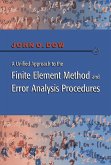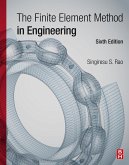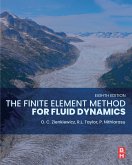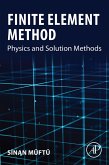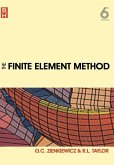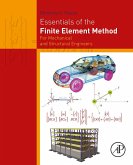The Finite Element Method: Its Basis and Fundamentals offers a complete introduction to the basis of the finite element method, covering fundamental theory and worked examples in the detail required for readers to apply the knowledge to their own engineering problems and understand more advanced applications.This edition sees the significant addition of content that address coupled field problems; this includes formulations and details of algorithms for thermoelastic, chemoelastic, poroelastic, and piezoelectric problems. The material is also illustrated in application to the nonlinear behaviour of energy storage in batteries.Focusing on the core knowledge, mathematical and analytical tools needed for successful application, The Finite Element Method: Its Basis and Fundamentals is the authoritative resource of choice for graduate level students, researchers, and professional engineers involved in finite element-based engineering analysis. - Includes fully worked exercises throughout the book - Addresses the formulation and solution of coupled problems in detail - Contains chapter summaries that help the reader keep up-to-speed
Dieser Download kann aus rechtlichen Gründen nur mit Rechnungsadresse in A, B, BG, CY, CZ, D, DK, EW, E, FIN, F, GR, HR, H, IRL, I, LT, L, LR, M, NL, PL, P, R, S, SLO, SK ausgeliefert werden.
Hinweis: Dieser Artikel kann nur an eine deutsche Lieferadresse ausgeliefert werden.



